Pipe leaks are a common issue driven by wear, corrosion, high pressure, and poor installations. Regular inspection is key to preventing extensive damage. Detecting leaks early through signs like damp spots or reduced water pressure is crucial for cost-effective repairs.
Proper tools and materials (plumber's tape, wrenches) are essential for DIY repairs, while professional plumbers use advanced techniques like thermal imaging cameras and specialized kits for complex areas. Temporary fixes, like shutting off water valves and applying pressure, buy time until permanent repairs can be made. Modern methods like relining and insertion offer non-invasive, long-lasting solutions compared to traditional repair techniques.
Regular maintenance, including inspections, corrosion prevention, and drain cleaning, extends pipe lifespan and reduces the need for frequent pipe repair services.
“Pipe leaks can wreak havoc on homes and businesses, causing damage and wasting valuable resources. Understanding common causes, such as corrosion, burst pipes, or faulty fittings, is the first step in effective pipe repair. This comprehensive guide delves into identifying leak types, gathering the right tools, and offers both temporary fixes and lasting solutions.
From preventive measures to maintaining optimal pipe health, learn essential tips for tackling leaks yourself or knowing when to seek professional help.”
Understanding Common Pipe Leak Causes
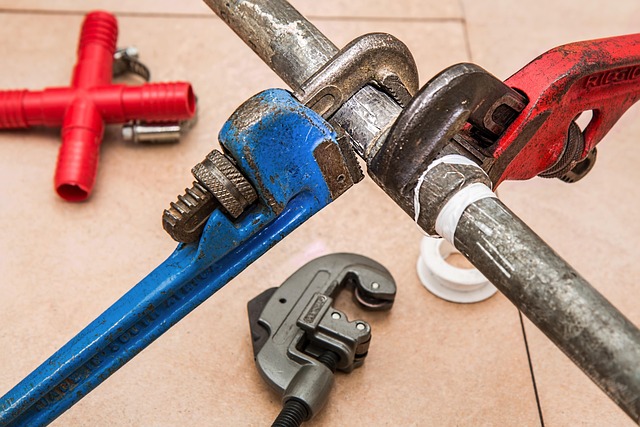
Pipe leaks can be frustrating and costly, but understanding their common causes is a significant step in effective pipe repair. Leaks often arise from wear and tear over time, particularly in older pipes. Corrosion, caused by exposure to moisture or chemicals, weakens the pipe’s structure, leading to weaknesses that eventually give way. Additionally, high water pressure can exceed a pipe’s capacity, causing it to burst at weak points. Faulty installations or poor-quality materials also contribute to leak issues.
Regular inspection and maintenance are key to preventing these problems. Homeowners should look out for signs like damp spots or reduced water pressure, which could indicate a leak. Prompt action on these early warning signals can save significant damage and costly repairs in the long run.
Identifying Leak Types and Locations
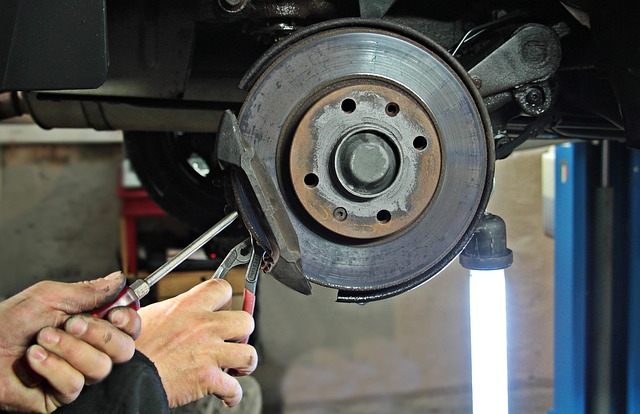
Identifying the type and location of a pipe leak is a crucial step in effective pipe repair. Different leaks may require specific approaches, making it essential to understand their characteristics. For instance, a burst pipe often shows sudden, gushing water flow, indicating a severe issue that demands immediate attention. In contrast, a slow drip might suggest a smaller crack or corrosion problem, which can be addressed with targeted repairs.
Locating the leak precisely is equally vital. Inspect pipes for visible damage, moisture buildup on walls, or peculiar odours, as these hints can point to the source. Modern technology, like thermal imaging cameras, can also aid in identifying hidden leaks within walls or floors, ensuring comprehensive pipe repair and preventing further damage.
Gathering Tools and Materials for Repair
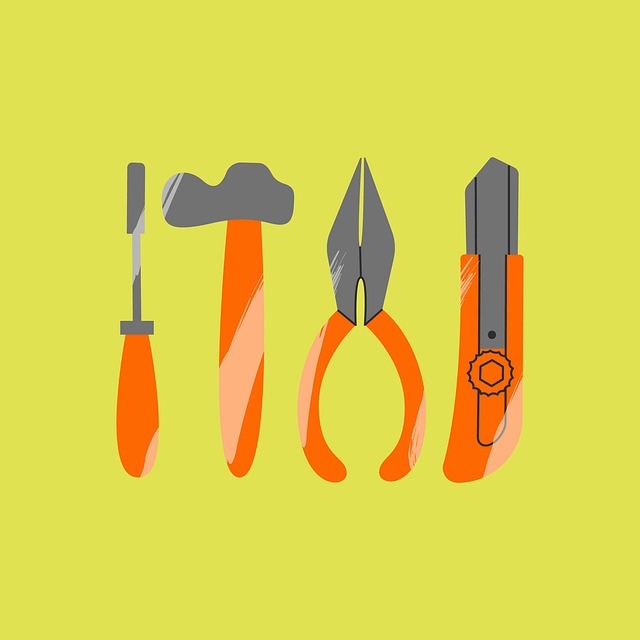
Before tackling any pipe repair, it’s crucial to gather the right tools and materials. This typically includes a plumber’s tape, pipe wrenches, replacement pipes or fittings, and possibly a new coupling or joint. Plumber’s tape is essential for creating a watertight seal around connections, while pipe wrenches help you tighten or loosen fittings securely. Having spare parts on hand, such as replacement pipes or fittings, ensures that if the damage extends beyond repair, you can swap out components quickly and efficiently.
Once your tools are ready, double-check that your work area is well-lit and clear of obstructions for safety. Gather all necessary materials within reach to avoid disruptions during the repair process. Proper organization not only makes repairs smoother but also helps prevent accidental damage or loss of tools. With everything in place, you’re now equipped to begin assessing and fixing the pipe leak.
Step-by-Step Guide to Temporary Fixations

When faced with a pipe leak, especially in professional settings, knowing how to implement temporary fixes can buy time for more permanent repairs. Here’s a step-by-step guide tailored for pipe repair experts and folks with DIY inclinations. Start by isolating the affected area to prevent further water damage. This often involves shutting off the main water supply valve. Next, assess the leak’s location and severity. If accessible, apply pressure on the leak point using specialized tools or even a simple rubber gasket and tape combination. While this isn’t a permanent solution, it can effectively stem minor leaks until proper pipe repair services can be arranged.
For more significant leaks, consider using temporary repair kits designed for piping materials like copper, PVC, or steel. These kits often include sealing compounds and patch materials specifically formulated to match the pipe material. Ensure the area around the leak is dry and clean before applying the kit’s components according to the manufacturer’s instructions. Regularly inspect the temporary fixations to ensure they remain effective, as these patches are meant for short-term solutions until a professional can conduct thorough pipe repair.
Long-Lasting Solutions for Persistent Leaks
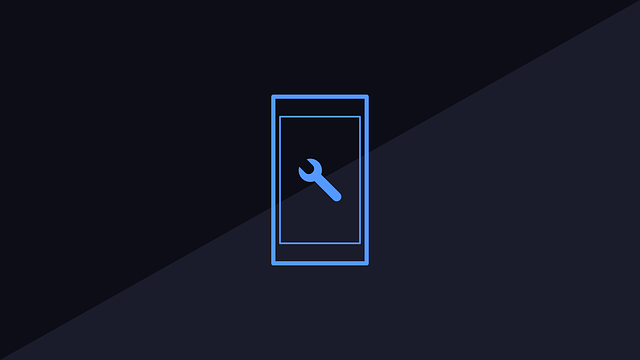
When dealing with persistent pipe leaks, it’s essential to move beyond temporary fixes and explore long-lasting solutions. Traditional methods often involve costly replacement or periodic repairs, which can be disruptive and inefficient. Modern advancements in pipe repair technology offer a game-changer: durable, non-invasive solutions that can mend leaks from the inside out.
Innovative techniques such as relining and insertion provide permanent fixes without excavation. Relining involves inserting a new pipe within the existing one, strengthening and sealing it to prevent further leaks. Insertion, on the other hand, uses specialized equipment to push a new section of pipe into place, eliminating weaknesses and restoring full functionality. These methods are ideal for challenging situations, ensuring your pipes remain in top condition for years to come.
Preventive Measures for Future Leakage
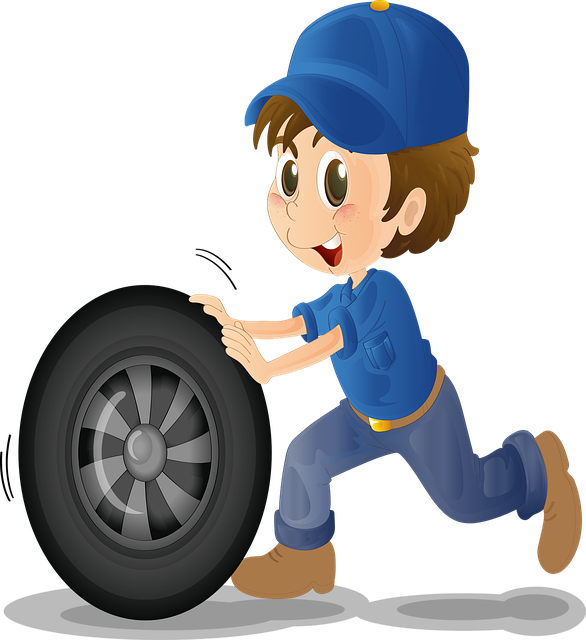
To prevent future pipe leakage, regular maintenance is key. Start by inspecting pipes for any signs of damage or corrosion, especially in areas prone to moisture or extreme temperatures. Regular checking can help identify issues early on, making them easier and less costly to fix. Implementing preventive measures like insulating pipes exposed to cold weather and sealing joints and fittings can also significantly reduce the risk of leaks.
Additionally, using high-quality materials during initial pipe installation or replacement goes a long way in ensuring longevity. Keep records of all maintenance activities and repairs for reference, as this historical data can help predict potential problem areas. Regular flushing of pipes, especially in older systems, is another effective preventive measure to remove debris and ensure smooth water flow, reducing the likelihood of leaks.
When to Call in Professional Help
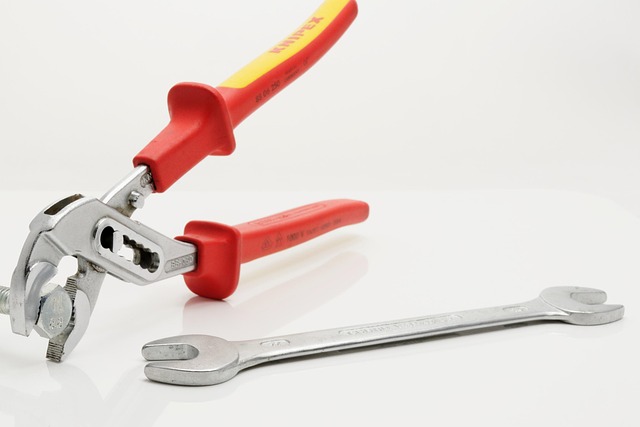
If a pipe leak is small and easily accessible, you might consider trying to fix it yourself. However, there are several signs that indicate it’s time to call in professional help for pipe repair. First, if the leak is located behind walls or under floors, accessing and fixing it can be challenging for an amateur. Professional plumbers have the specialized tools and knowledge to navigate these difficult areas without causing further damage.
Additionally, frequent leaks or those that flow at high pressure are not typical of minor issues. Persistent leaks suggest a more severe problem with your plumbing system, which requires expert assessment and repair. A professional will also be able to identify potential future issues based on the current state of your pipes, ensuring long-term reliability and safety in your home or business.
Common Mistakes to Avoid During Repair
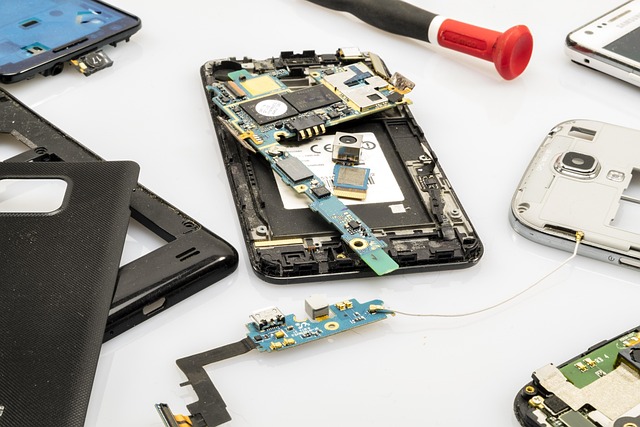
When tackling pipe repairs, homeowners and professionals alike should steer clear of some common pitfalls. One of the most frequent mistakes is attempting DIY fixes without proper knowledge or tools, which can lead to further damage or leaks. It’s crucial to understand that pipes are intricate systems, and a simple mistake could compound into bigger issues.
Another error often made is not identifying the root cause of the leak. Rushing to fix the visible problem without investigating underlying factors can result in temporary solutions. Overlooking issues like corroded joints, loose connections, or pipe wear and tear will likely lead to recurring leaks. Always take time to diagnose the issue thoroughly, ensuring a lasting repair for effective pipe repair.
Maintenance Tips for Optimal Pipe Health

Regular maintenance is key to ensuring optimal pipe health and preventing costly repairs. A simple yet effective step is to regularly inspect pipes for any signs of damage, corrosion, or leaks. This proactive approach allows for early detection, making it easier to address issues before they become major problems.
To maintain your pipes, keep an eye out for unusual noises, such as banging or dripping, which could indicate a leak. Additionally, insulate pipes in areas prone to temperature extremes to prevent freezing and bursting. Regular cleaning of drains and sewers is also vital to remove buildup and debris that can clog pipes. By incorporating these maintenance tips into your routine, you’ll extend the lifespan of your pipes and minimize the need for frequent pipe repair services.
